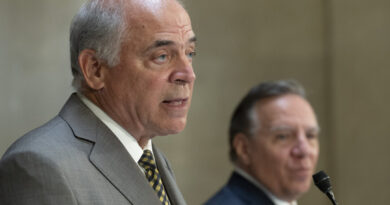Prime Ministers of Canada Who Took Unorthodox Routes to Leadership
Mark Carney’s rise to the position of prime minister last week is unprecedented in Canadian history since he has never held an elected position before.
There have been a few other instances of unconventional paths to becoming head of government in Canadian history as well. Here’s a glimpse of them.
Mark Carney
Reports of Carney’s interest in the Liberal leadership had been circulating for years, but it wasn’t until January 2024 that he officially announced his intention to run for the top Liberal position.
What sets Carney’s leadership bid apart is that he had never previously held a public office before being sworn in as Canada’s 24th prime minister on March 14. Most prime ministers have been elected by the public before assuming a leadership role.
His journey to becoming a prime minister without a seat in Parliament is uncommon but not unheard of.
Carney secured the Liberal leadership with an overwhelming 85.9 percent of nearly 152,000 votes cast, easily surpassing former Finance Minister Chrystia Freeland.
It is anticipated that the new prime minister will request the governor-general to dissolve Parliament soon, paving the way for an election. Carney will not only be seeking a mandate for his Liberal government but also a seat in the House of Commons as an elected representative.
Carney is yet to confirm the riding in which he will contest.
John Turner
Similar to Carney, John Turner was not an incumbent MP when he won the Liberal Party leadership and became Canada’s 17th prime minister in 1984.
Before Carney, Turner was also the last prime minister to hold foreign citizenship at the time of becoming the head of government.
William Lyon Mackenzie King
Mackenzie Bowell
John Abbott
Alexander Mackenzie



